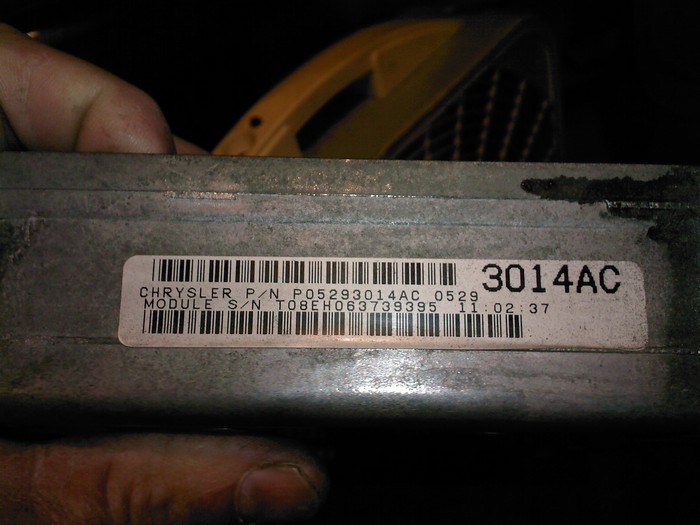If you reread the original post, carred said, "but no check engine light". Unless specified, that is always taken to mean the Check Engine light didn't turn on in response to a detected problem while driving, not that it never turns on. A lot of no-start problems include the symptom of "no Check Engine light" when the light does still come on for the initial bulb check. No Check Engine light ever opens a whole new line of reasoning but that must be specified since it is so uncommon, and that's what was shared in carred's updated reply in a different thread.
Compare that to the "low fuel" light. You might say, "I think I'm out of gas, but there's no low fuel light". That doesn't mean the light wouldn't come on when you're almost empty. It means it isn't on now. That's the same line of reasoning with the Check Engine light and it's why carred saw the need to set me straight. It's entirely possible the bulb is burned out. That would have nothing to do with a no-start condition. It makes more sense to check the bulb first. If it is good, then that could be a clue that the computer is indeed defective, but we're talking about two entirely independent circuits.
I don't think grounding the ASD relay would be a helpful test. Well, at least I would be very surprised if the engine would start. The computer grounds the relay in response to it seeing the cam and crank sensor pulses. If the relay doesn't get turned on because the pulses are missing from one of those sensors, there won't be any pulses to tell it when to fire a coil or injector either, so even though 12 volts gets to them, the computer won't be running the switched ground side.
I'm 99 percent sure a replacement computer doesn't have to be programmed for a '97 model. GM started that stupidity somewhere around 2002. As for part numbers, that's going to be a dealer thing. Remanufactured computers are often updated, then given a new number or it could just have a different suffix letter or two. Superceded parts might even look different and have different numbers but they plug in and work the same. Since I'm lucky enough to drive an old rusty trusty '88 model, any computer that plugs in works. One thing I DO know is that computer has to be bolted to the mounting bracket or otherwise grounded with a clip lead to work. The engine won't run if he module is hanging by just the harness.
A turbocharged engine will use a different computer and the MAP sensor will read a pressure as well as a vacuum. Basically I would be looking for a used computer from the same year and the same size engine. My limited experience has been if the computer has major differences, the plug(s) will also be different. That's not a guaranteed clue; it's a generalization.
There is no way to test a computer except to replace it. The biggest problem comes from intermittent problems that only act up once in a while. If the problem shows up after driving 50 miles with a new computer, you know the computer didn't solve it. But if it doesn't act up in days or weeks, how do you know if the problem has been corrected or is just waiting for the least opportune time to act up? Even the rebuilders fear intermittent problems. That's why they have detailed forms to include with core returns. Based on the symptoms they may replace a dozen parts that could cause that problem, then hope one of them was the culprit.
Caradiodoc
Wednesday, January 5th, 2011 AT 7:06 AM





